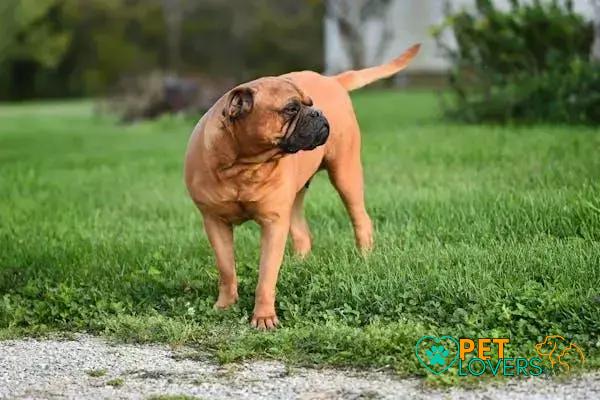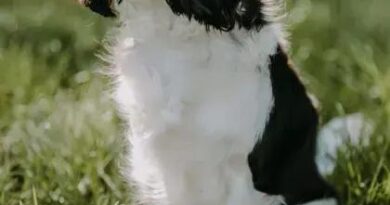Curiosities about the Bullmastiff: Discover Fascinating Facts Today
If you are intrigued by the Bullmastiff, you’re in the right place. This blog post is packed with exciting curiosities about the Bullmastiff. Known for their loyalty, strength, and protective nature, Bullmastiffs are a remarkable breed. Let’s dive into their history, unique traits, and essential care tips.
History and Origins of the Bullmastiff
The Bullmastiff has an intriguing history that begins in the mid-19th century. During this time, English gamekeepers needed a dog capable of protecting estates from poachers. They required a breed that could exhibit both power and speed while remaining loyal and trainable.
By crossing the English Mastiff with the Old English Bulldog, these gamekeepers created the Bullmastiff. This new breed combined the Bulldog’s courage and tenacity with the Mastiff’s size and strength. Resulting in a vigilant guard dog that could tackle and hold a poacher without mauling them.
Bullmastiffs were officially recognized by The Kennel Club of the United Kingdom in 1924, which helped standardize the breed. Over time, their role transitioned from estate protectors to beloved family pets. Despite their imposing size, they are known for their gentle and affectionate nature with family members.
In the United States, the American Kennel Club (AKC) recognized the Bullmastiff in 1933. Since then, they have gained popularity not only as guard dogs but also in various dog sports and as therapy animals. Their esteemed history as protectors has cemented their reputation as loyal companions.
Unique Traits and Characteristics
The Bullmastiff is known for its solid and muscular build. This breed exhibits incredible strength and endurance. They are surprisingly agile for their size, which makes them excellent at protecting properties.
Bullmastiffs are loyal and have a strong protective instinct towards their family. They can often be reserved around strangers, showing their natural guard dog traits.
One of the unique characteristics of Bullmastiffs is their calm nature. Despite their fearsome appearance, they are known for being gentle and affectionate with their family members.
This breed is also relatively quiet. They usually won’t bark without a good reason, making them well-suited for living in various environments, including urban settings.
Obedience and Intelligence
Bullmastiffs are intelligent and can be trained effectively with consistent and positive reinforcement. They thrive on routines and clear boundaries, showcasing their ability to learn commands and perform tasks reliably.
Physical Characteristics
Their coat is short and dense, providing some weather resistance. It comes in a few primary colors: fawn, red, and brindle. Their eyes are dark and alert, often conveying their attentive and vigilant nature.
Social Behavior
When socialized well from a young age, Bullmastiffs can get along with children and other pets. They generally have a more dominant personality but can be taught to interact gently with other animals and people.
Health and Care Tips for Bullmastiffs
The Bullmastiff is a breed known for its loyalty and protectiveness. Ensuring their health is essential for these gentle giants. Nutrition is crucial; they need a balanced diet rich in protein, vitamins, and minerals. Opt for high-quality dog food and consider supplements if advised by a vet.
The Bullmastiff is predisposed to certain health issues. Regular checkups are crucial to detect conditions like hip dysplasia or heart problems early. Vaccinations and parasite control should be up-to-date.
Regular exercise is important but should be moderate. Bullmastiffs can suffer from joint issues, so avoid overly strenuous activities. Daily walks and some playtime are sufficient to keep them fit.
Grooming needs for Bullmastiffs are minimal. Their short coat requires brushing once a week to remove dead hair and distribute skin oils. Bathing should be done as needed, usually every few months. Regular teeth cleaning, ear checks, and nail trimming are also part of their care regimen.
Training is vital for Bullmastiffs due to their size and strength. Early socialization and obedience training can help manage their protective instincts. Positive reinforcement methods work best with this breed.
Considering their size, provide a comfortable living space. They do well in larger homes with fenced yards but can adapt to apartment living if exercised sufficiently. Ensure they have a comfortable bed and avoid stairs to protect their joints.
Mental stimulation is as important as physical exercise. Use puzzle toys and engage them in interactive play to keep their minds sharp. Proper care and attention will help your Bullmastiff thrive both physically and mentally.




